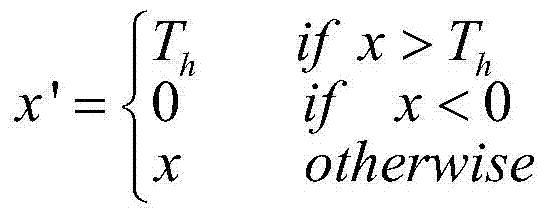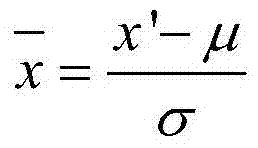A space debris classification method based on ultra-low dispersion spectral features
A technology of spectral features and classification methods, applied in the field of space debris classification, can solve the problems of inability to detect and analyze space debris, and the lack of an accurate analytical formula for debris, and achieve the effect of reliable results and good robustness.
- Summary
- Abstract
- Description
- Claims
- Application Information
AI Technical Summary
Problems solved by technology
Method used
Image
Examples
Embodiment Construction
[0035] In order to describe the present invention more specifically, the technical solutions of the present invention will be described in detail below in conjunction with the accompanying drawings and specific embodiments.
[0036] Such as figure 1 As shown, a space debris classification method based on ultra-low dispersion spectral features includes the following steps:
[0037] (1) Using a spectrometer to collect multiple spectral feature vectors corresponding to multiple fragment samples, the specific process is as follows:
[0038] 1.1 Use bright stars to correct the pointing of the telescope system before observation; select a bright star for pointing correction, when the bright star is in the center of the field of view of the telescope system, it means that the telescope system has already done pointing correction;
[0039] 1.2 Set the parameters of the CCD control software; parameters include exposure time, data readout speed, etc.;
[0040] 1.3 Take dark field and ...
PUM
 Login to view more
Login to view more Abstract
Description
Claims
Application Information
 Login to view more
Login to view more - R&D Engineer
- R&D Manager
- IP Professional
- Industry Leading Data Capabilities
- Powerful AI technology
- Patent DNA Extraction
Browse by: Latest US Patents, China's latest patents, Technical Efficacy Thesaurus, Application Domain, Technology Topic.
© 2024 PatSnap. All rights reserved.Legal|Privacy policy|Modern Slavery Act Transparency Statement|Sitemap



